We know the names of many of the world’s largest or most famous rainforests. And many of us know about the world’s largest span of forests, the boreal forests stretching from Russia to Canada.
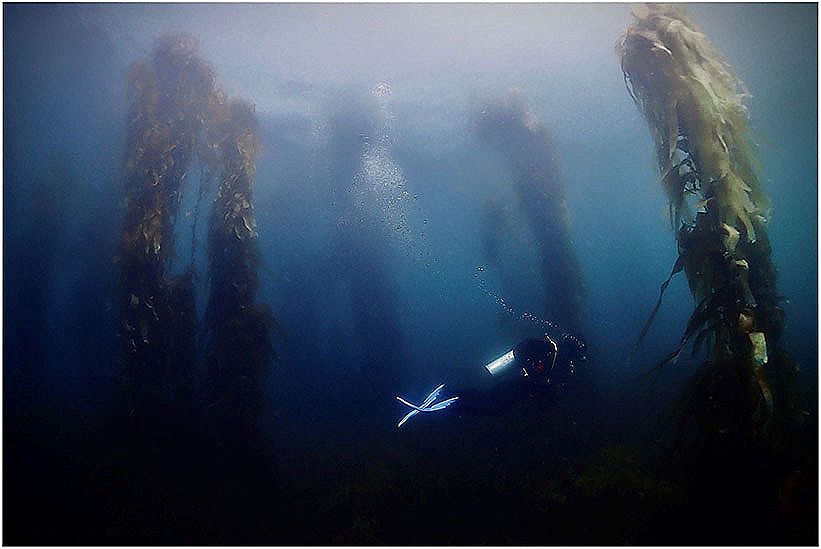
But how many of us could name an underwater forest? Hidden underwater are huge kelp and seaweed forests, stretching much further than previously realized. Few are even named. But their lush canopies are home to huge numbers of marine species. According to a study(1) these forests are worth over $500 Billion in economic output and have been around for more than 32 million years.(2)
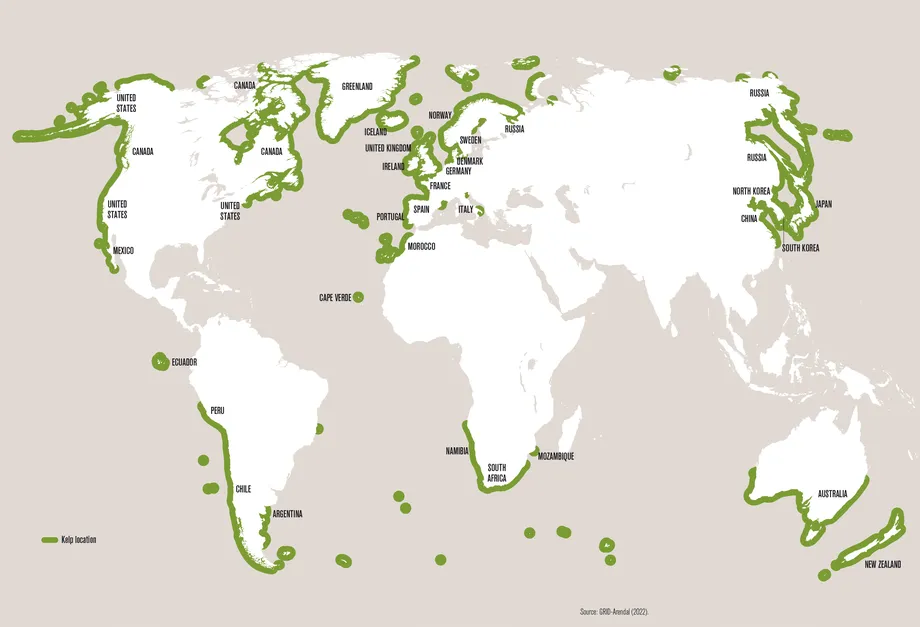
Off the coastline of southern Africa lies the Great African Sea forest, while Australia boasts the Great Southern Reef around its southern reaches. There are many more vast but unnamed underwater forests all over the world. Yet Over the past 50 years there has been an accelerating loss in many regions, with an estimated 60% of long-term records showing decline and over ten thousand square kilometers of macroalgal forests currently considered to be in a degraded state.(3)
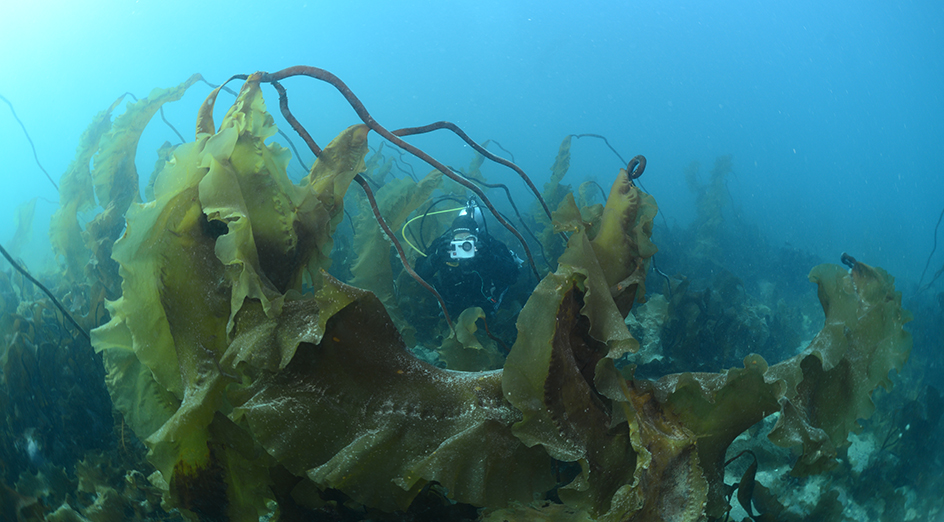
These seaweed forests face threats from marine heatwaves and climate change. But they may also hold part of the answer, with their ability to grow quickly and sequester carbon.
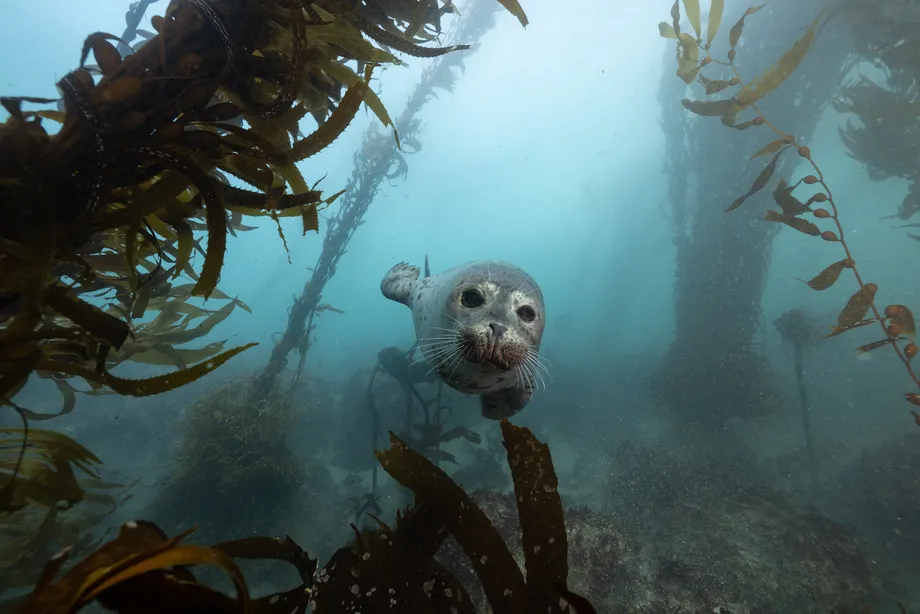
Underwater forests are formed by seaweeds, which are types of algae. Like other plants, seaweeds grow by capturing the Sun’s energy and carbon dioxide through photosynthesis. The largest species grow tens of meters high, forming forest canopies that sway in a never-ending dance as swells move through. To swim through one is to see dappled light and shadow and a sense of constant movement.
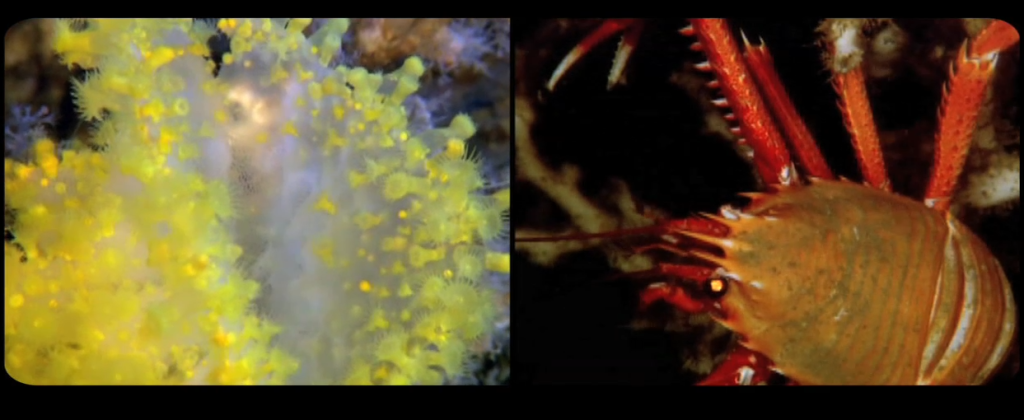
Just like trees on land, these seaweeds offer habitat, food and shelter to a wide variety of marine organisms. Large species such as sea-bamboo and giant kelp have gas-filled structures that work like little balloons and help them create vast floating canopies. Other species relies on strong stems to stay upright and support their photosynthetic blades. Others again, like golden kelp on Australia’s Great Southern Reef, drape over seafloor.
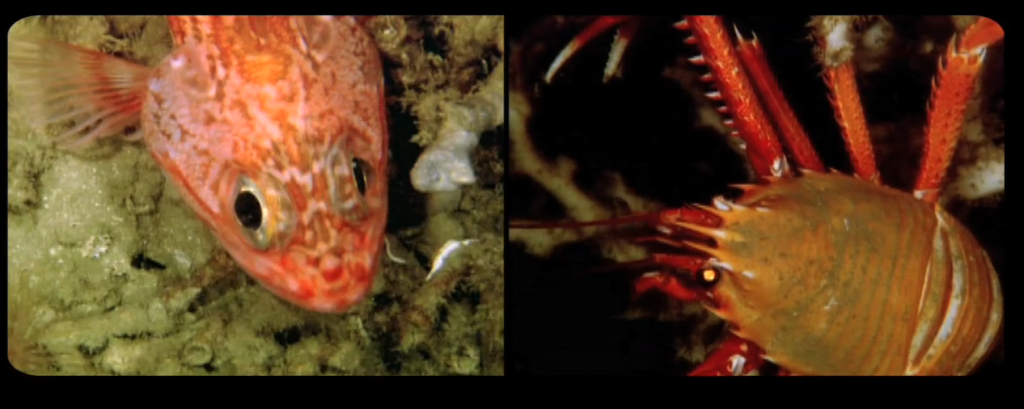
Almost all of the extra heat trapped by the 2,400 gigatons of greenhouse gases we have emitted so far has gone into our oceans.
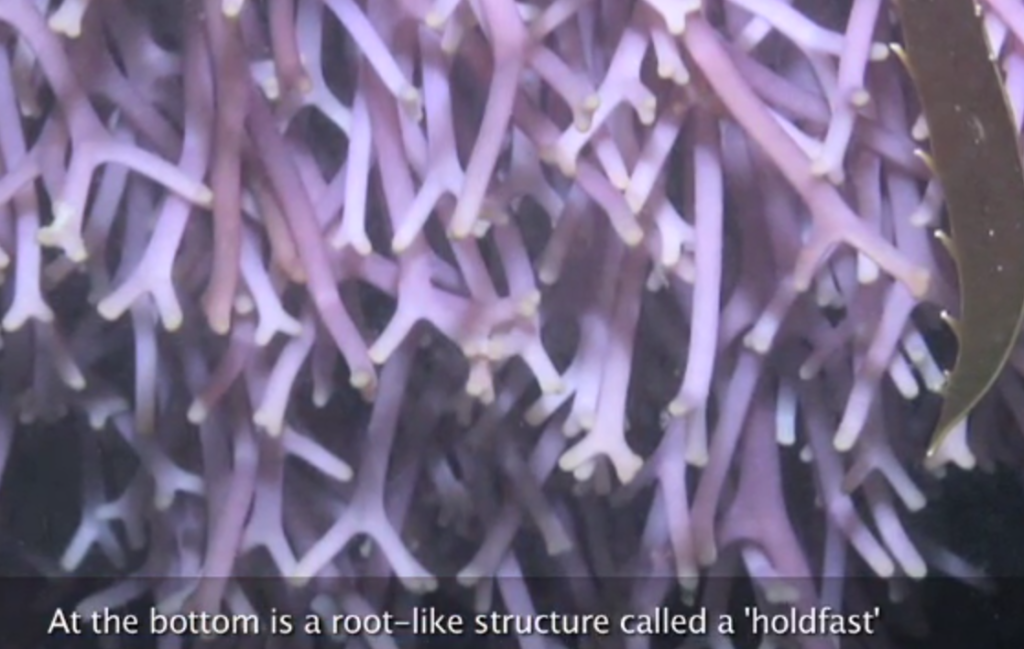
This means ocean forests are facing very difficult conditions. Large expanses of ocean forests have recently disappeared off Western Australia, eastern Canada and California, resulting in the loss of habitat and carbon sequestration potential.
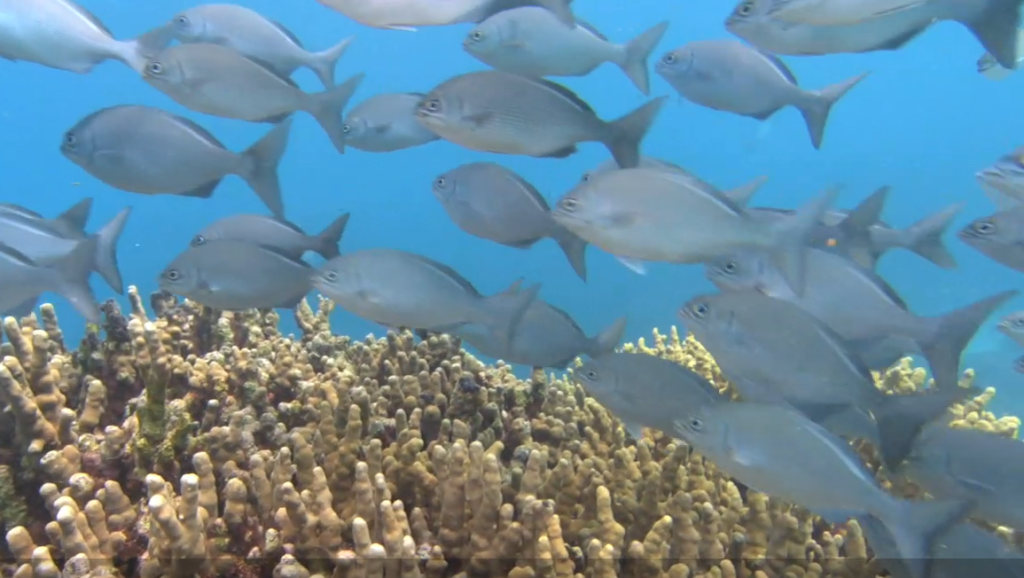
Conversely, as sea ice melts and water temperatures warm, some Arctic regions are expected to see expansion of their ocean forests.
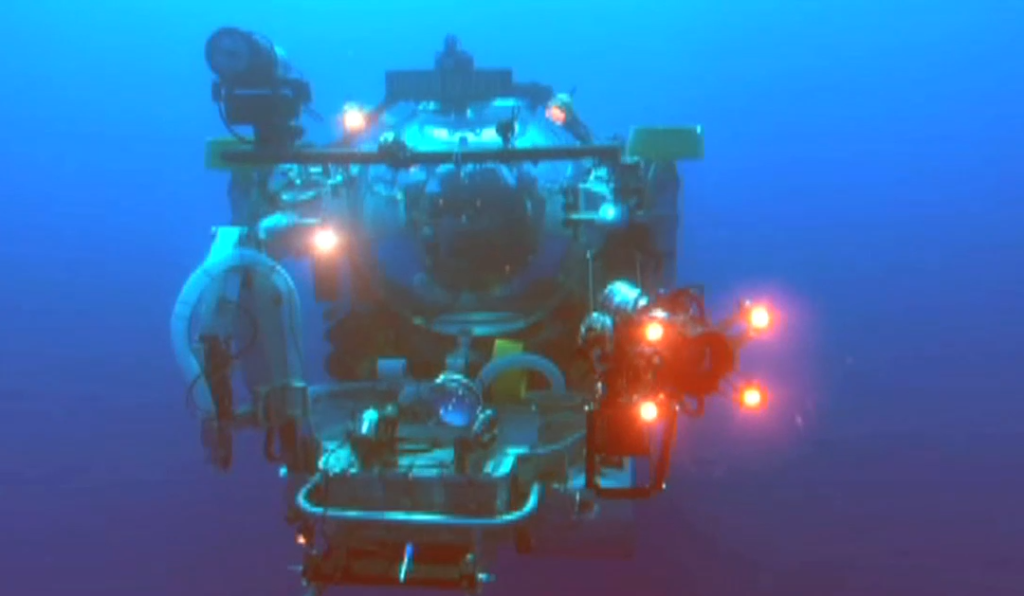
These overlooked forests play a crucial, largely unseen role off our coasts. The majority of the world’s underwater forests are unrecognized, unexplored and uncharted.
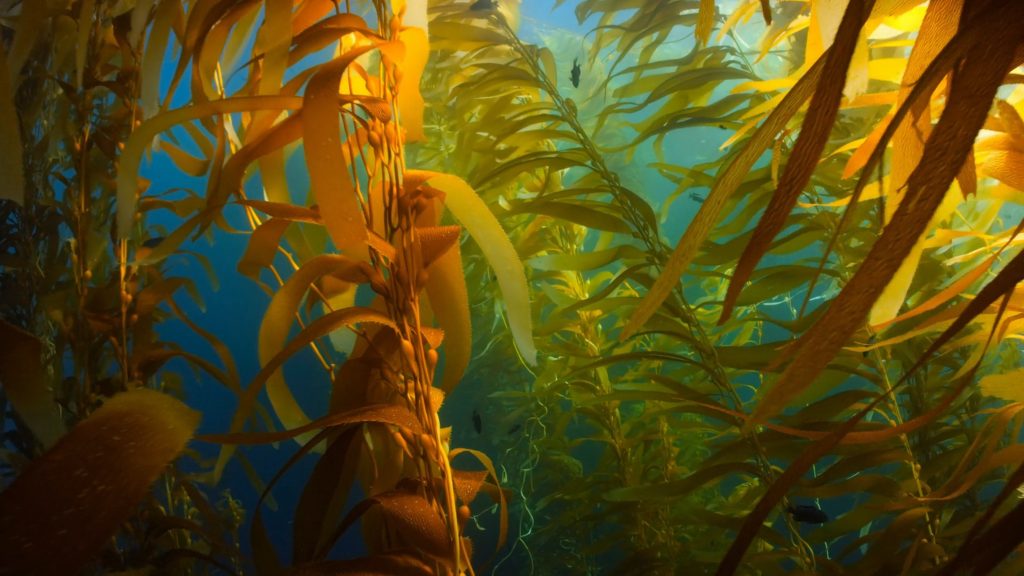
Without substantial efforts to improve our knowledge, it will not be possible to ensure their protection and conservation – let alone harness the full potential of the many opportunities they provide.
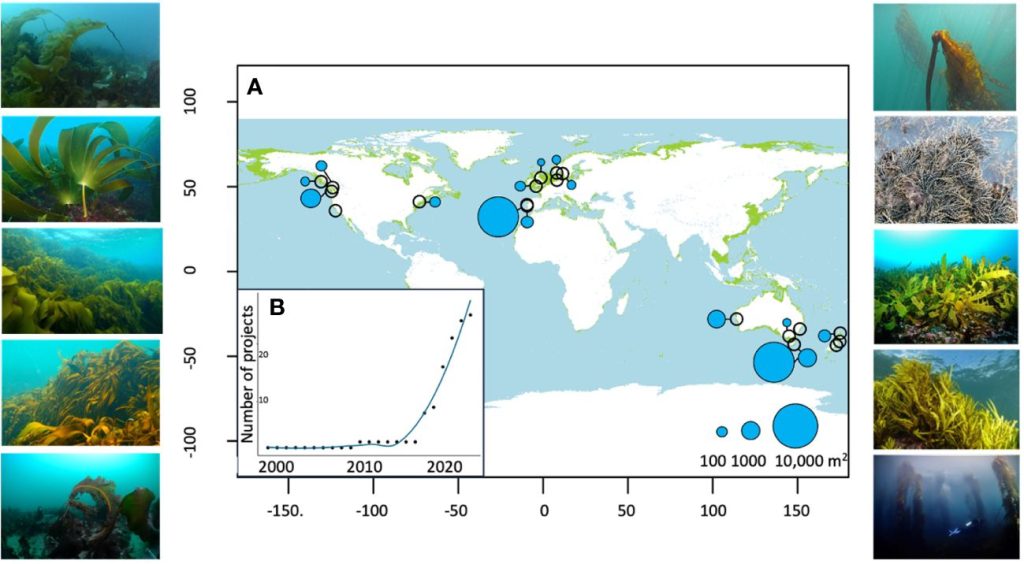
Ocean forests are formed by kelps, a type of brown seaweed that can grow to heights of 35 metres. Kelps grow by capturing the sun’s energy and carbon dioxide through photosynthesis.
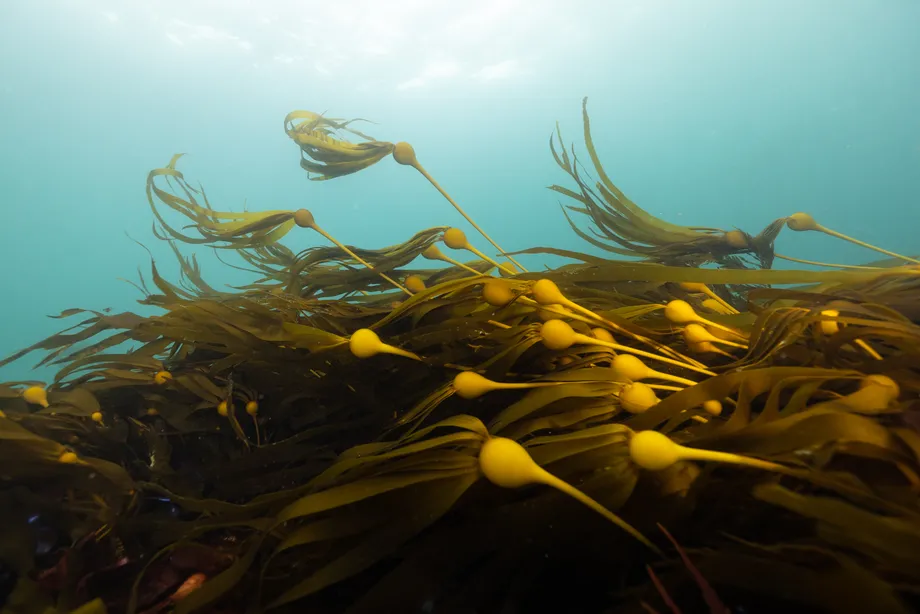
Some of the most productive ocean forests included the Great African Sea Forest, which stretches around the southern tip of Africa; and the Great Southern Reef, a system of kelp-dominated reefs that covers the bottom third of Australia. These two forests produce up to four times more biomass than most of the crops we cultivate today.

The productivity of ocean forests also means they assimilate great quantities of carbon dioxide from the atmosphere, and could play an overlooked role in climate change mitigation if some of that carbon ends up being sequestered. Healthy kelp forests maintain the existence of thousands of plants and animals, fish stocks, and many ocean and tourism-based businesses. All of these require a thriving ocean ecosystem.
We all depend on the ocean for food, oxygen, and even life-saving pharmaceuticals. Do your part to keep our ocean and local waterways clean, litter free, and healthy.
Citation 1. $500 billion a year
Citation 2. 32 million years ago
Citation 3. Over the past 50 years





